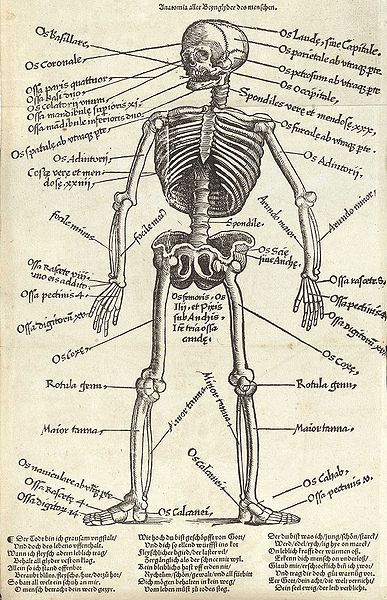
Dracula is of course one of the most famous literary characters ever created, delivered from Bram Stoker’s dark consciousness deeply into our own. Neither Industrial nor Technological Revolutions have been able to erase his vision. It’s not likely you’ve missed the Google Doodle commemorating Stoker’s 165th birthday today. Here’s an excerpt from the first notice of the Irish theater manager’s novel in the Brooklyn Daily Eagle, from the January 15, 1900 issue:
“Dracula by Bram Stoker is the name of a book from the pen of the accomplished manager of the Lyceum Theater, London, and of the dramatic companies headed by Sir Henry Irving and Ellen Terry. The publishers are the Doubleday & McClure Company, New York, and the chaste and attractive work of the printer and binder is a worthy setting of the clear thought, the weird imagination and the reverential spirit of a volume of originality, interest and power. The story has been issued both in Great Britain and American for several weeks, but more than acknowledgment for its appearance has not yet been made in many quarters, for it requires, while it rewards, very careful reading, since its point of view is novel, profound and startling.
 ‘The Quick and the Dead’–long before, ages before it was the title of an essentially cheap and brief lived story in these states, the product of erotic fancies and anaemic thinking–became the comprehensive summary of the two divisions of humanity which, according to the creed, are to be arraigned at the final assize. The term was thought to be all embracing. Mr. Stoker adds to ‘The Quick and the Dead’ a third lot, whom he calls, for want of a better word, the ‘un-Dead.’ They comprise the vampire class. If not as a whole, at least as many of them are affected by a relation to the race of man. The ‘un-Dead’ are inanimate and powerless by day. They are viciously effective and malignly mobile by night. Of the number of them the book gives neither statement nor intimation. It deals with a housed or castled small colony of them in a mountain fastness of Transylvania, of whom the chief is the Count Dracula, who gives name to the book, a ‘tall man with a long brown beard, very bright eyes, which seemed red in the lamplight; a hard-looking mouth, with very red lips and sharp looking teeth, white as ivory; prodigious strength, his hand actually seemed like a steal vise.’ This he appeared when he whisked the main character up a mountain side to his rocky lair–the proper word is undoubtedly lair. But he is a lightning change artist, and the foregoing description was true of him only when he was acting as his own coachman. In his revealed person, the one in which he figures throughout the book, he is thus described:
‘The Quick and the Dead’–long before, ages before it was the title of an essentially cheap and brief lived story in these states, the product of erotic fancies and anaemic thinking–became the comprehensive summary of the two divisions of humanity which, according to the creed, are to be arraigned at the final assize. The term was thought to be all embracing. Mr. Stoker adds to ‘The Quick and the Dead’ a third lot, whom he calls, for want of a better word, the ‘un-Dead.’ They comprise the vampire class. If not as a whole, at least as many of them are affected by a relation to the race of man. The ‘un-Dead’ are inanimate and powerless by day. They are viciously effective and malignly mobile by night. Of the number of them the book gives neither statement nor intimation. It deals with a housed or castled small colony of them in a mountain fastness of Transylvania, of whom the chief is the Count Dracula, who gives name to the book, a ‘tall man with a long brown beard, very bright eyes, which seemed red in the lamplight; a hard-looking mouth, with very red lips and sharp looking teeth, white as ivory; prodigious strength, his hand actually seemed like a steal vise.’ This he appeared when he whisked the main character up a mountain side to his rocky lair–the proper word is undoubtedly lair. But he is a lightning change artist, and the foregoing description was true of him only when he was acting as his own coachman. In his revealed person, the one in which he figures throughout the book, he is thus described:
‘His face was a strong– a very strong aquiline, with high bridge of the thin nose and peculiarly arched nostrils; with lofty domed forehead, and hair growing scantily round his temples but profusely elsewhere. His eyebrows were very massive, almost meeting over the nose, and with bushy hair that seemed to curl in its own profusion. The mouth, so far as I could see it under the heavy mustache, was fixed and rather cruel-looking, with peculiarly sharp white teeth; these protruded over the lips, whose remarkable ruddiness showed astonishing vitality in a man of his years. For the rest, his ears were pale, and at the tops extremely pointed; the chin was broad and strong, and the cheeks firm though thin. The general effect was one of extraordinary pallor.”































